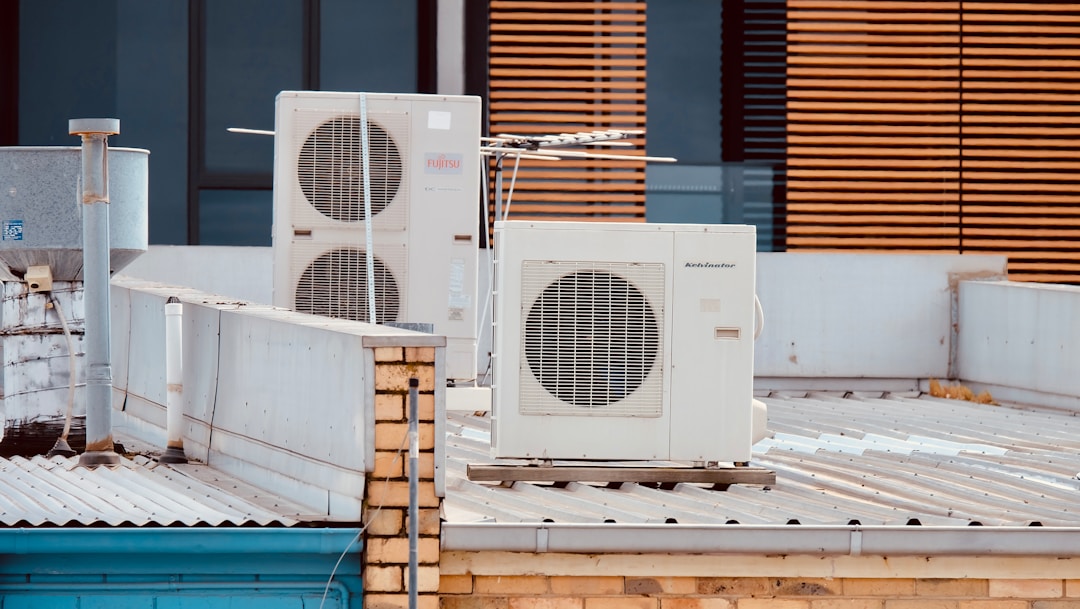With spring on the way, you might be looking to find some home improvement projects that will improve your quality of life around the house. The quality of the air inside your home is incredibly important and easy to overlook, but there are steps you can take to help keep your home clean, safe, and comfortable.
The effects of long-term exposure to pollutants and low-quality air can be serious, both in the short and long term. While we’re all inside more frequently than ever and more conscious of our health than ever, now is the perfect time to talk about the importance of the quality of the airflow in your home and how to deal with pollutants that may be present in your home. If you’re having an issue with air quality currently, or just want to prepare for the future, read on to learn more about how to remove indoor air pollutants.
What are the harmful side effects of indoor air pollutants?

Given that experts suggest people in the United States spend 90% of their time indoors, indoor air quality should be a priority for any homeowner. Air quality can also have meaningful effects on your health. A safe environment is important for everyone, but it’s especially for anyone with a condition or illness that could make them more sensitive to pollutants or more susceptible to negative side effects that can come from interacting with them. Asthma, chronic fatigue syndrome, and other conditions and diseases, especially those that affect the lungs, can be heavily affected by air quality within the home.
Poor airflow or air that carries pollutants can also cause health problems, from minor issues like headaches to serious illnesses like cancer. For anyone who needs a holistic approach to treating a chronic illness, removing any toxins or pollutants from the air at home is essential. Asbestos, pesticides, formaldehyde, and radon are a few common pollutants you should be aware of.
How do I remove indoor air pollutants from my home?

First, there are some simple, natural solutions that can make a difference. The presence of dust and mold, for example, have a huge effect on your air quality indoors. Regularly wash any surfaces prone to mold and dust as a part of your cleaning routine. Opening your windows when the weather permits and allowing for fresh air inside can create natural ventilation, in addition to helping to regulate temperature. Wood-burning fireplaces and gas stoves can also create problems without an effective ventilation system, especially in smaller homes.
Those with allergies should be extra careful, especially when considering letting in outdoor air to help address ventilation issues. Outdoor air can often carry allergens with it, though most modern HVAC systems help to filter out the presence of common allergens. Another option is a ventilator. A home ventilator helps remove pollutants that negatively impact indoor air quality, in addition to helping to maintain healthy airflow in the home. While there’s a lot you can do on your own, if you want to keep your home consistently free of contaminants and pollutants, it’s best to invest in some type of ventilation system to help filter the air in your home and maintain a clean and safe indoor environment.
No matter where you live, creating a clean and safe environment within your home is completely possible with a little effort. While it’s easy to ignore, good indoor air quality is necessary for both your health and wellness within your home. If you have any kind of chronic condition that affects your breathing, like asthma, maintaining a clean and well-ventilated home is even more essential. Your indoor environment affects everything about your day-to-day life at home, which is where most of us spend the majority of our time. Nothing is more important than keeping your property safe and comfortable to live in, so if you’re having ongoing problems with indoor air pollutants, it’s worth investing in a solution as soon as you can.

